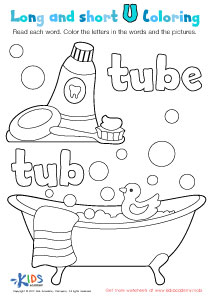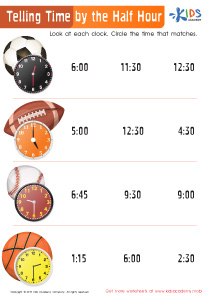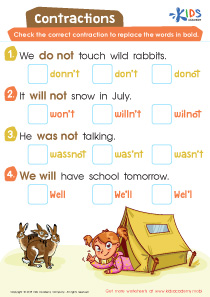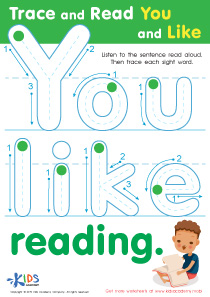Normal Grade 1 Color Words Worksheets
8 filtered results
-
From - To
Explore our engaging Grade 1 Color Words Worksheets designed to enhance young learners' vocabulary and language skills. Perfect for ESL students, these worksheets provide a fun and interactive way for children to memorize and practice color words. Activities include coloring exercises, matching games, and fill-in-the-blank questions that reinforce knowledge through repetition and creativity. With an emphasis on recognition and pronunciation, our resources cater to diverse learning styles. These worksheets are an excellent tool for teachers and parents alike, promoting a love for learning while laying a strong foundation in English language proficiency. Start brightening your child’s education today!
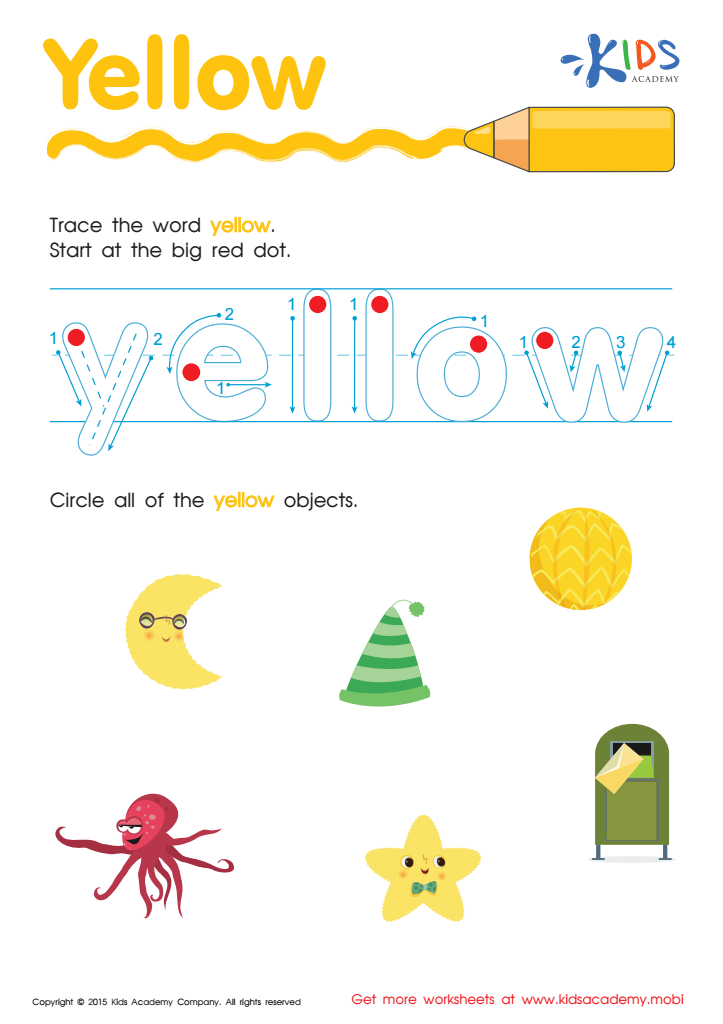

Yellow Tracing Color Words Worksheet
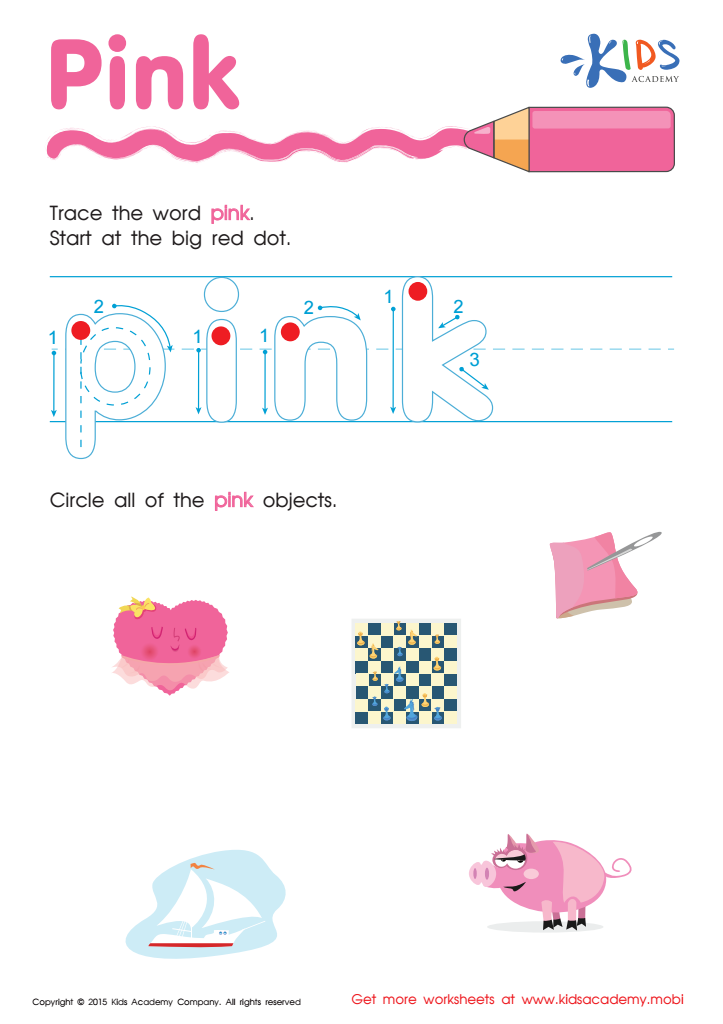

Pink Tracing Color Words Worksheet
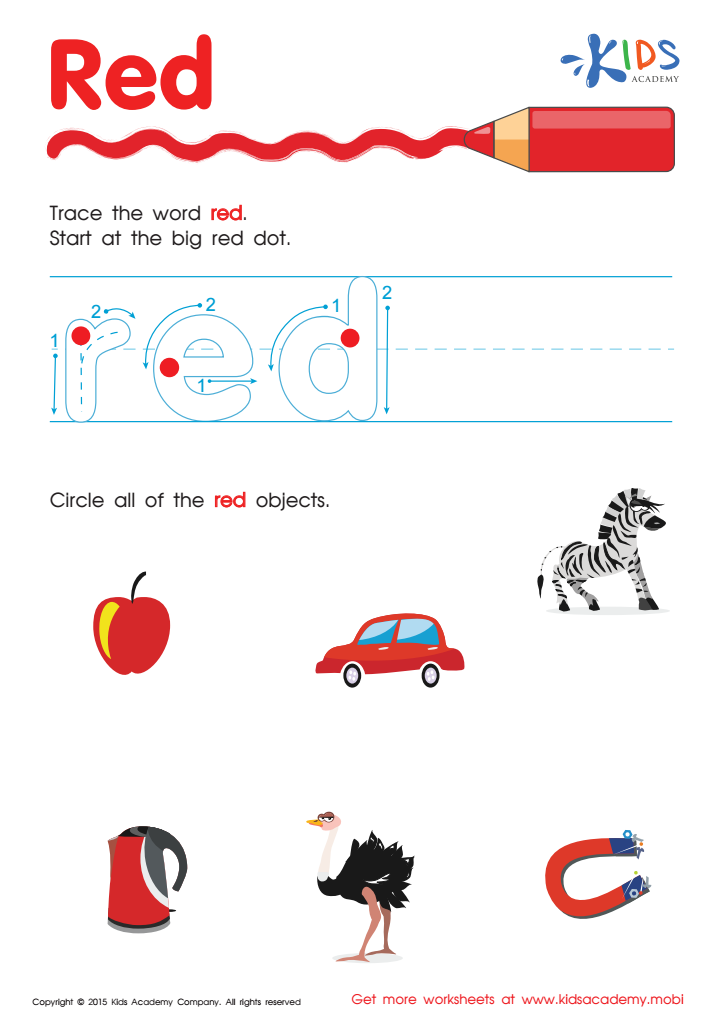

Red Tracing Color Words Printable
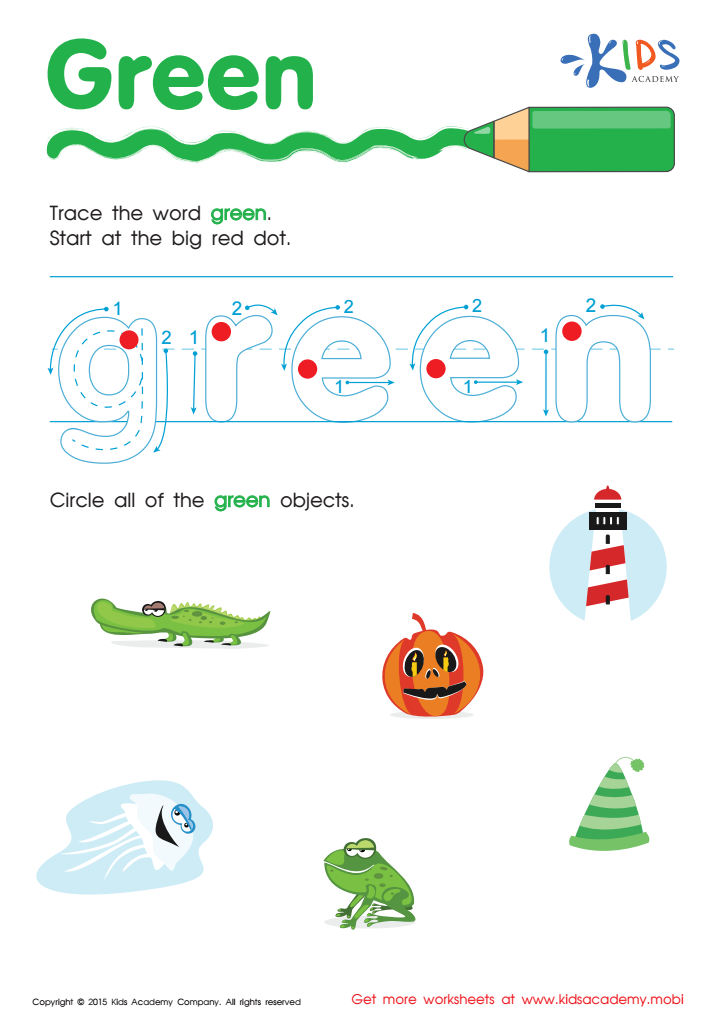

Green Tracing Color Words Worksheet
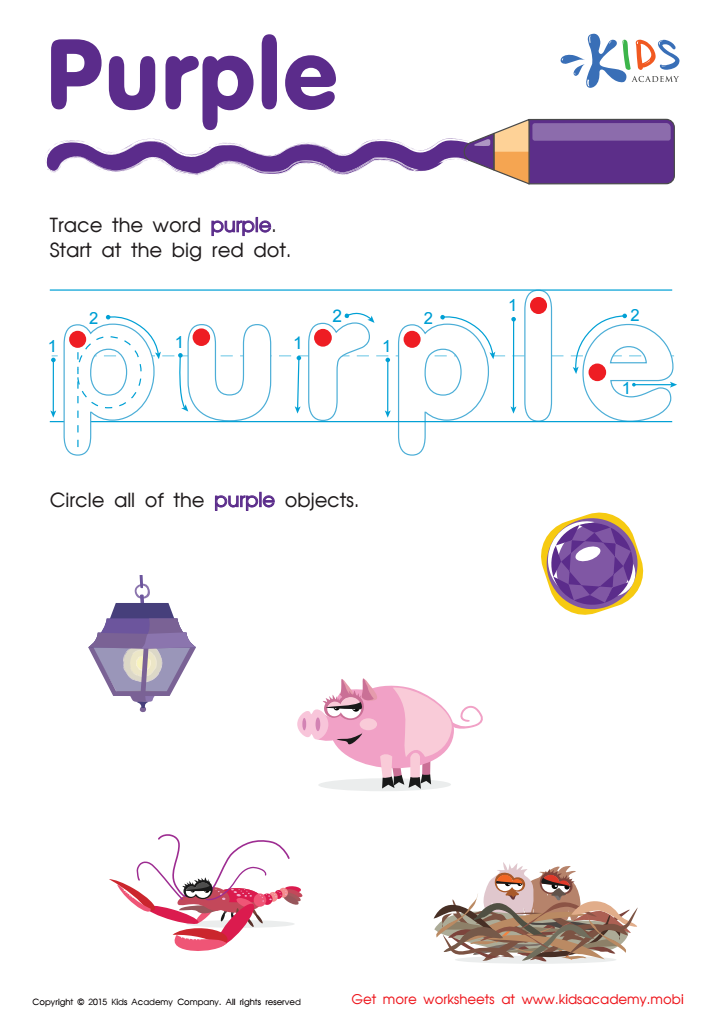

Purple Tracing Color Words Worksheet
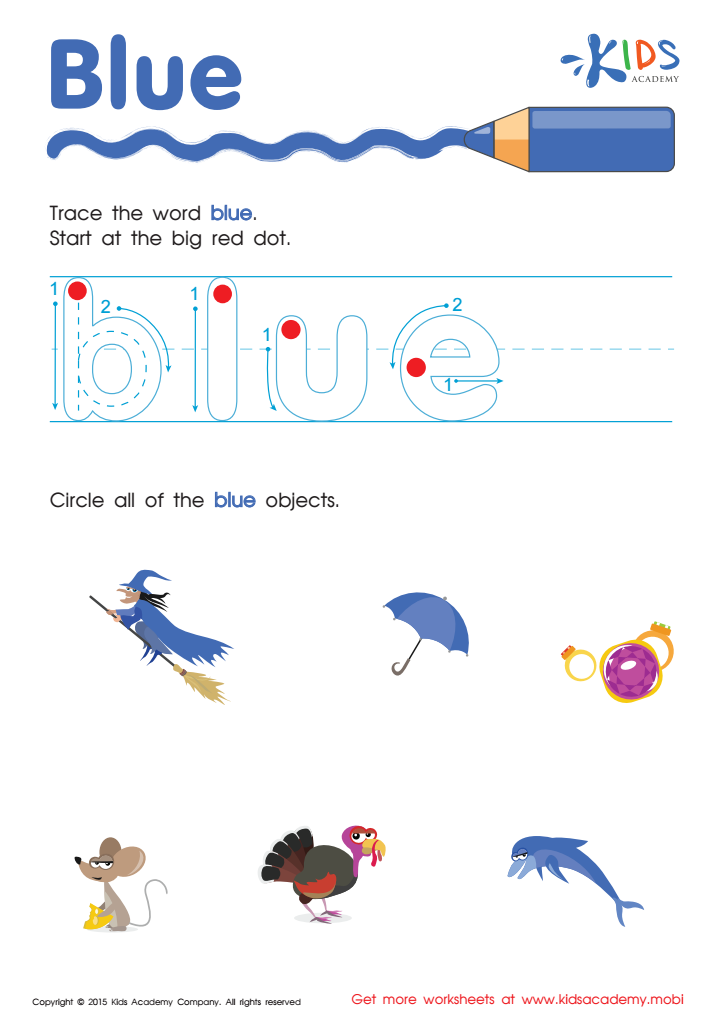

Blue Tracing Color Words Printable
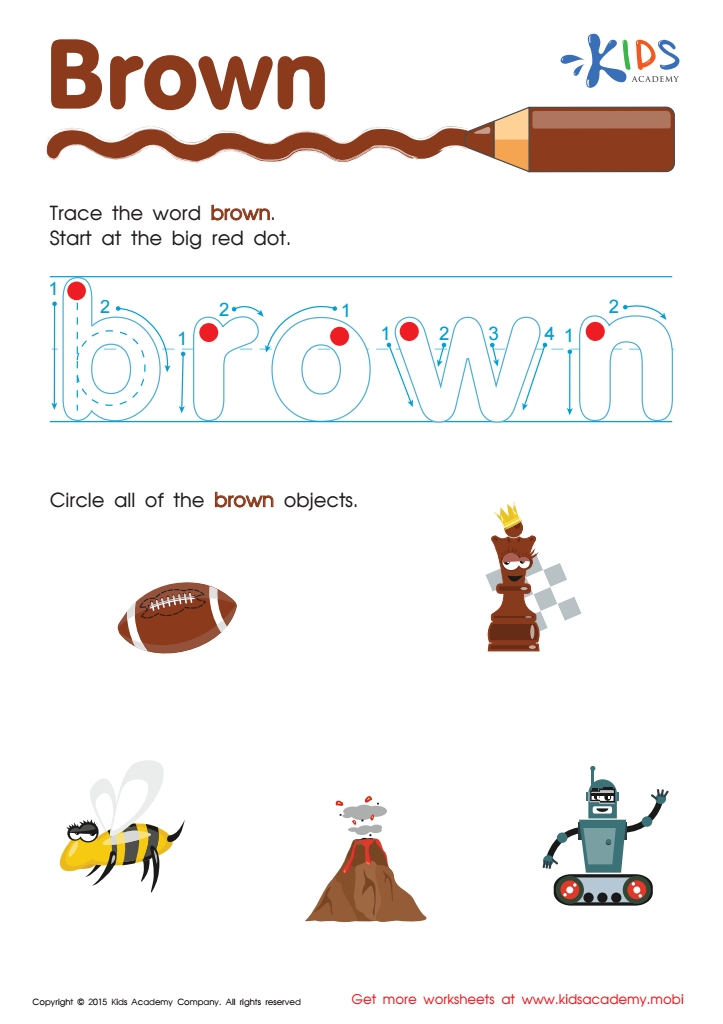

Brown Tracing Color Words Worksheet
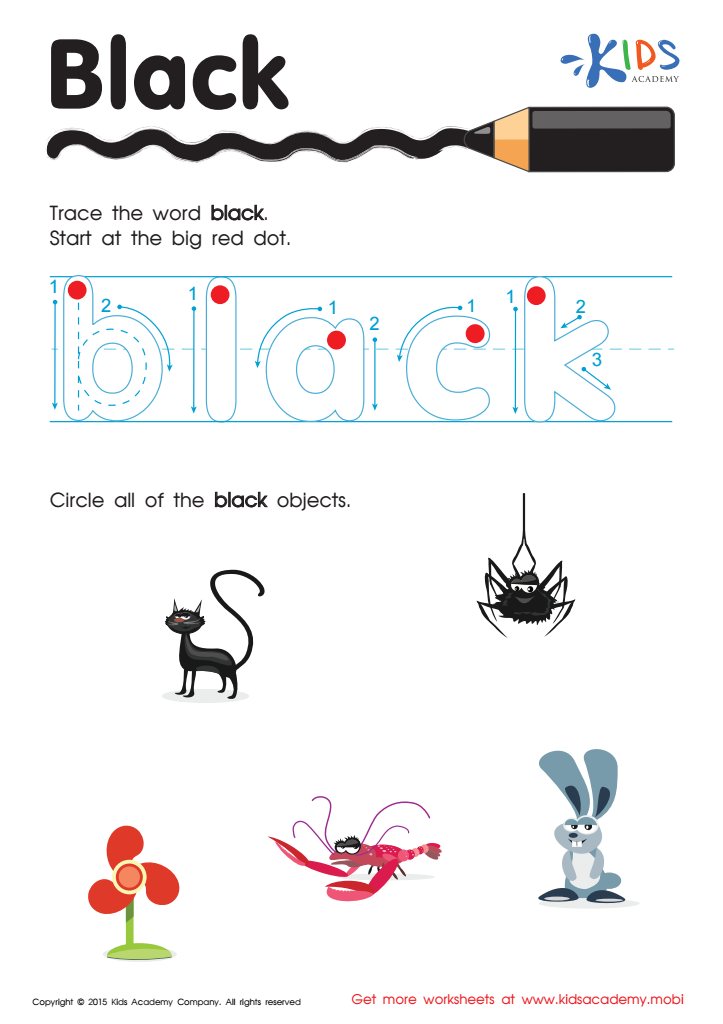

Black Tracing Color Words Printable
Parents and teachers should prioritize teaching normal Grade 1 color words as they lay the foundation for key language and cognitive development in young learners. Mastery of color vocabulary enriches children's communication skills, enabling them to express themselves more precisely and engage better with their peers and adults. Color words are often among the first adjectives children learn, which helps them describe their environment, experiences, and emotions.
Additionally, understanding color words fosters creativity and cognitive connections, allowing young children to categorize objects and enhance their observation skills. Activities involving colors—like art projects, storytelling, and interactive play—can stimulate curiosity and promote hands-on exploration of the world around them.
Furthermore, color words play a vital role in teaching social and emotional learning. By discussing their feelings or the mood of a story through colors (e.g., red for anger, blue for sadness), children can develop empathy and emotional intelligence.
Involving parents in these learning processes through everyday conversation about colors in their child's environment or selecting color-themed books can reinforce their understanding and make learning enjoyable. The early development of this foundational vocabulary not only supports literacy skills but also encourages lifelong learning and engagement.
 Assign to My Students
Assign to My Students






